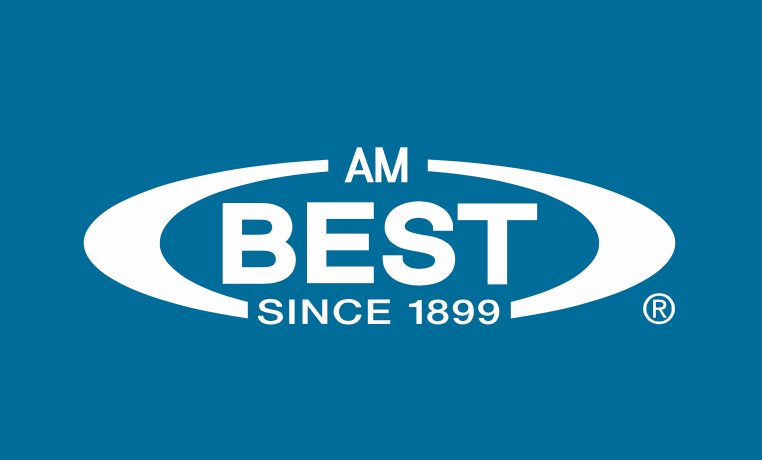Catastrophe capacity may be nearing a positive inflection point: AM Best

Rating agency AM Best has noted that there are signs of increasing appetite for property catastrophe reinsurance, saying that capacity to service that part of the market may be close to a “positive inflection point.”
Importantly, AM Best distinguishes between available and deployed capacity in a recent report, stating that while reinsurance capacity and capital appears ample to meet the needs of underwriting, there are areas like catastrophe risks where deployed capacity has been reduced, as reinsurance market appetites have adjusted in response to losses over recent years.
“Property catastrophe capacity remains constrained, despite dramatic pricing gains,” the rating agency said.
At the same time, AM Best noted that its composite of US and Bermuda reinsurance firms saw net premium growth of 16% in 2022, following a 20% gain in 2021.
However, most of the growth in premiums being seen is actually due to the improved rate environment, and the rating agency feels that for 2023 premiums will increase further for those reinsurers, “as demand remains high, and rates in key lines of business continue to rise, particularly for catastrophe-exposed business.”
“These favorable trends, combined with catastrophe activity that impacted primary carriers more than reinsurers during the first half of the year, suggest that the composite should be able to sustain, and even improve upon 2022 results,” explained Greg Dickerson, director, AM Best.
But still, catastrophe focused capacity is not growing so fast, as reinsurers are tentatively deploying capacity to catastrophe exposed lines and regions.
Part of the reason is of course recent historical catastrophe loss experience, with elevated loss trends that have continued in 2023.
But, in addition, the challenging macro environment, inflation, and impacts to investment portfolios, had also dented reinsurer capacity and resolve, when it comes to peak catastrophe risks.
AM Best notes that, “Capacity remains constrained in working layers of natural catastrophe programs, aggregate covers, and peak catastrophe zones in the US, despite the pricing momentum and improved terms and conditions in these areas. Some companies have either cut back on their property catastrophe exposures or exited the property catastrophe reinsurance market altogether.”
But, the rating agency notes the importance of distinguishing between available and deployed capacity, saying that “many underwriters still maintain a buffer of excess capital rather than deploying it in catastrophe-exposed lines.”
Which also suggests some dry powder, perhaps.
Positively though, AM Best believes that, “Deployed capacity may be starting to expand in the US and Bermuda reinsurance market, including catastrophe-exposed business.”
Here it cites franchises such as RenRe and Everest that have raised capital for third-party or ILS capacity vehicles, or for their own balance-sheets, so boosting catastrophe capacity that has been deployed.
“Another indicator that property catastrophe deployed capacity may be expanding was Berkshire Hathaway’s comment in May 2023 that it had increased its property catastrophe exposure by 50% since year-end 2022, with room for further growth,” AM Best said.
Looking ahead, AM Best believes new capital is most likely to flow to established franchises, hence build-up of new catastrophe capacity may not be that rapid, even if an inflection point has been reached thanks to higher reinsurance rates and tighter terms.
It is clear appetites for catastrophe reinsurance layers have been rising, thanks to hard market conditions, but still appetite for lower-layers remain capacity constrained.
The insurance-linked securities (ILS) market has been assisting to fill some constrained areas, at top, middle and also closer to the bottom of reinsurance towers.
But it may require evidence that the harder market rates can be sustained for some time longer, before appetite truly returns across the spectrum of catastrophe reinsurance exposure.






